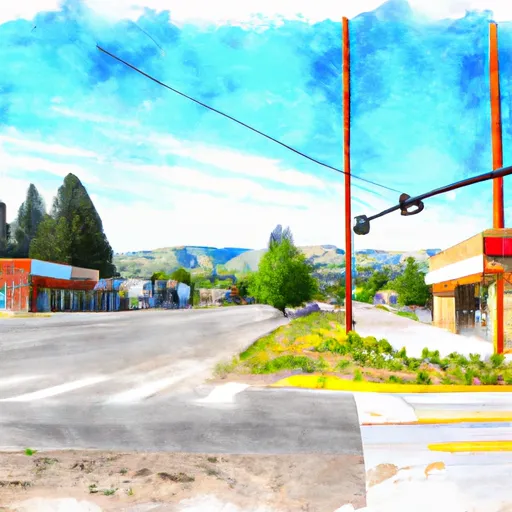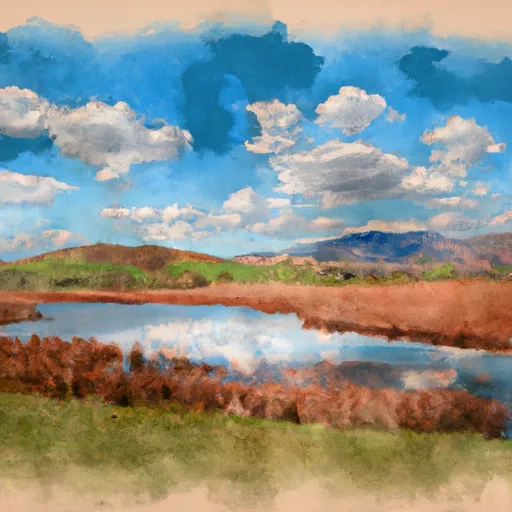°F
°F
mph
Windspeed
%
Humidity











Ashton, Idaho is a small town located in Fremont County with a population of approximately 1,000 people. The climate in Ashton is classified as continental, with cold winters and warm summers. The average annual precipitation is 12 inches, consisting mainly of snow in the winter and rain in the summer. The area is known for its abundant hydrology constituents, including the Snake River, Henry's Fork, and Fall River. These rivers provide excellent opportunities for fishing, rafting, and other water activities. Additionally, the area offers plenty of outdoor recreation opportunities, including hiking, camping, and hunting. The nearby Yellowstone National Park and Targhee National Forest are also popular destinations for outdoor enthusiasts.
Weather Forecast
Ashton receives approximately 480mm of rain per year, with humidity levels near 77% and air temperatures averaging around 6°C. Ashton has a plant hardyness factor of 5, meaning plants and agriculture in this region thrive during a short period during spring and early summer. Most plants will die off during the colder winter months.
Regional Streamflow Levels
45
Cubic Feet Per Second
726
Cubic Feet Per Second
716
Cubic Feet Per Second
809
Cubic Feet Per Second
Nearby Camping
| Camping Area | Reservations | Toilets | Showers |
|---|---|---|---|
| Flat Rock | |||
| Box Canyon | |||
| Warm River | |||
| Big Springs | |||
| Upper Coffee Pot | |||
| Pole Bridge |



